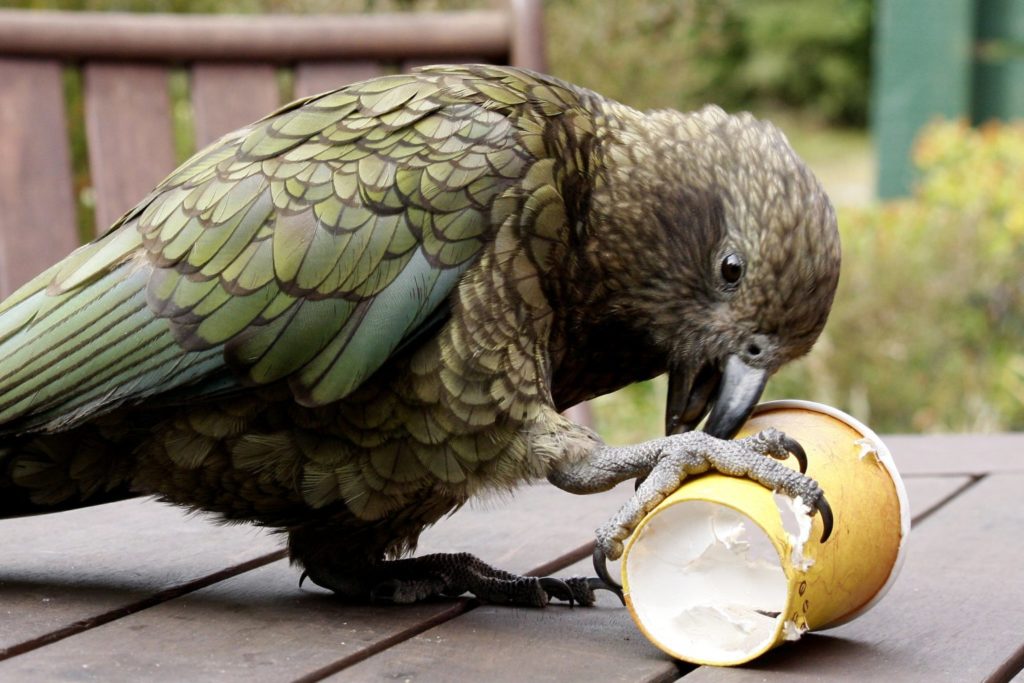ON THIS PAGE
Introduction
Policies provide transparency, accountability, structure and support, and are essential to keep in mind as you work towards your goals. They are also valuable to get everyone on the same page.
Policies are often a starting point for more detailed documents on procedures; e.g. if one policy is to take every possible step to ensure the safety of staff and volunteers, follow-up documents might include a Health and Safety Plan, an accident report, a medical kit inventory, and a safety checklist for field trips (see Health and Safety for more details).

Members should have the opportunity to review and provide feedback on policies that are relevant to them. Policy documents should also be live documents and not dust-gatherers on a shelf. They should be reviewed at fixed times, e.g. annually, or as needed to make sure they’re up to date with any internal or external changes (such as a change in legislation). Having a document control table and recording the version and who has them is a good way of doing this. Make sure people have access to the latest version.
Why have a policy document?
Writing down your group’s policies is a good way of making sure everyone agrees with and follows them. As with a strategic plan, your policy document should be clear and concise so people can understand it – it should also be relevant to your group.
When writing your group policies, consider:
- The KISS principle (Keep It Simple, Stupid). Use easy-to-understand, non-jargonistic language, visuals to support your words, and keep them concise.
- Don’t reinvent the wheel – contact other groups and see if they have policies you can look at and work from.

- What is most important to your group? (e.g. caring for the environment, taking personal responsibility, equal opportunities, financial accountability, governance and management, training and education, being respectful of other staff). Make a list of the key areas you think you need policies for.
- How will volunteers, staff and contractors be selected, trained, supervised and supported?
- How will your board or committee be run? (See Governance). How often will you meet? Who needs to provide reports, and when?
- Consider tikanga (customs/protocol) and how they can be incorporated (for example, Te Wananga o Raukawa has compiled a list of kaupapa or policies to be aware of).
- For local iwi/hapū involvement in community projects, consider the consultation process, relationship building, and how to best work together.
- Who will communicate with the media, post on social media, and respond to public enquiries?
- What is your group’s position when it comes to the treatment of introduced predators, in particular the use of traps/toxins/hunting? How will you minimise flow-on effects for other flora and fauna?
- What questions or issues have come up in the past that could be addressed in the policy document?
- How should any conflict within the group be handled?
- How will complaints (internal or external) be dealt with?
- Health and Safety – who will manage it, and how will you ensure you have a robust system that everyone agrees to and uses?
- CommunityNet Aotearoa has more detailed advice on important policies to consider. They also have a comprehensive checklist of policies for each aspect of the group.
Code of Conduct
Most organisations have a Code of Conduct, which provides specific guidelines relating to trust, safety, honesty and communication (it’s essentially a ‘dos and don’ts’ for behaviour). Below is an example from Bay Conservation Alliance:
a. [Organisation] officers will conduct their dealings with each other in ways that:
- maintain public confidence in [Organisation]; so as to ensure community support of [Organisation] is maintained
- are open and honest
- focus on issues.
Codes of Conduct are often published by public-facing organisations, such as the NZTA and Auckland Council. Here are some examples from the NZTA’s document:
- We treat everyone fairly and with respect.
- We pay proper attention to the safety of other people and do not do anything that might endanger or distress others.
- We protect the privacy of people using our services.
- We do not harass, bully or intimidate anyone.
- We respect people’s cultural background, and value equity and diversity. We don’t discriminate against anyone on the basis of their gender, sexual orientation, colour, race, ethnic or national origin, age, religious or ethical beliefs, disability, marital status or family responsibilities.

Essential HR has a Code of Conduct template with policy examples that can be adapted.

